Installing peace of mind: Becdel and Santon hook up home generators
Local electrical contractors are seeing an increasing number of homeowners wanting generators to stay connected during power outages.
Becdel Controls has been bustling with inquiries. Requests have grown steadily over the last six years. The Niles electrical contractor went from installing 12 generators per year to more than 200 in 2023.
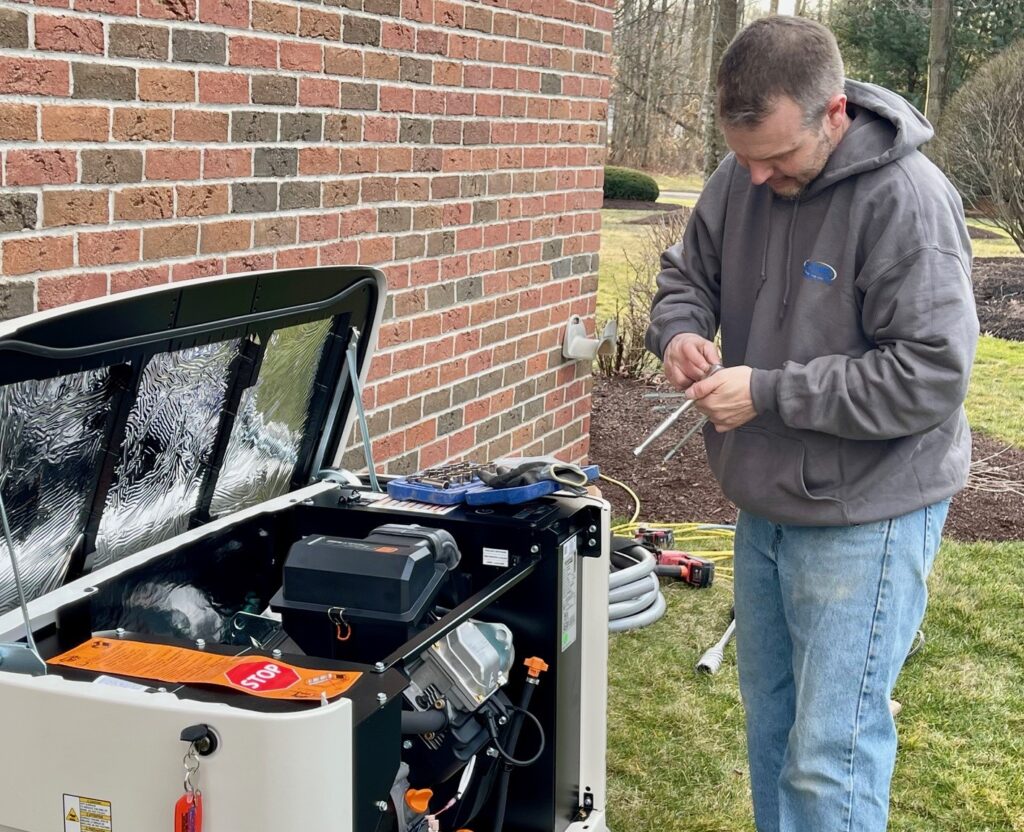
Drivers for demand of generators
Matt Lucy oversees the residential department at Becdel. He says inclement weather drives more business, but it’s not the only concern.
“One of the main reasons we hear is because people don’t trust the power grid. A lot of people also deal with health issues, and they use oxygen,” he said.
Lucy mentioned common places for generators include properties that rely heavily on sump pumps or have a water well.
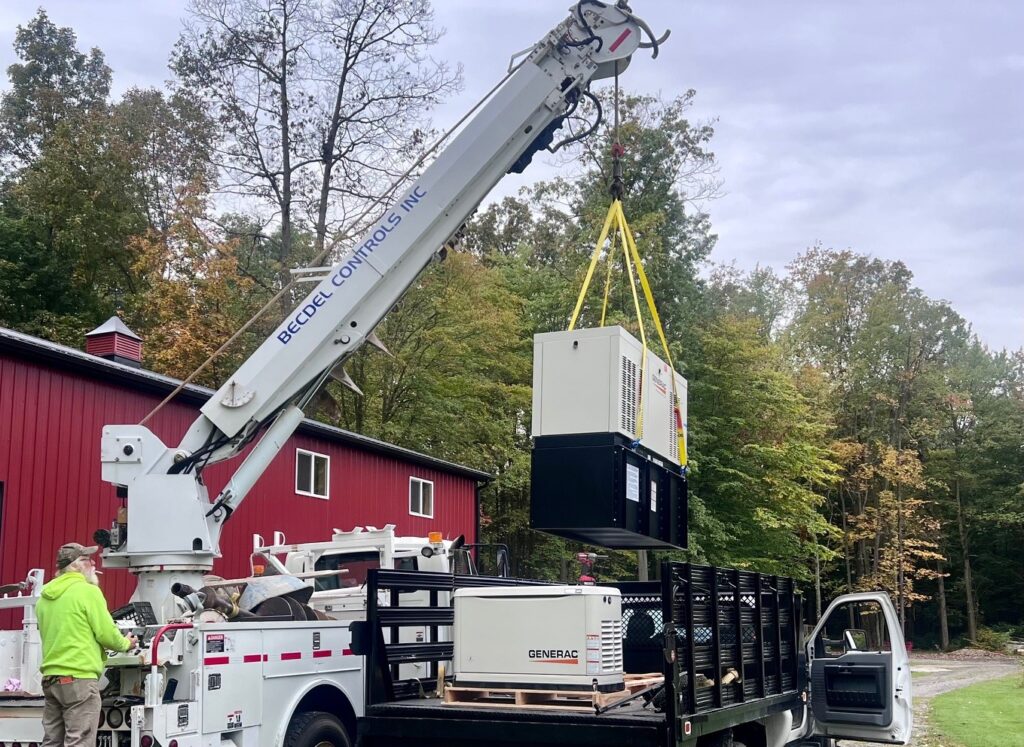
Dan Santon and Ray Bagdassarian go way back, not only sharing an era of high school sports knowledge and participation together, but through their respective careers. Bagdassarian often crossed paths with Santon during his decades-long run as a supervisor at Ohio Edison.
Fast-forward to today and Bagdassarian, age 86, is on kidney dialysis four times a week.
“If he quit doing that, he’d probably last a week,” said his daughter, Katie Smithberger, who learned to administer it for her dad at his home.
Bagdassarian had no interest in traveling to a clinic each time he needed a treatment. He insisted if he were to continue, it would have to be at home. That’s where Santon, founder of Santon Electric, comes in.
As a critical component of home dialysis, Santon took care of his longtime friend with a home generator installation to ensure no treatment would be interrupted in the event of a power outage.
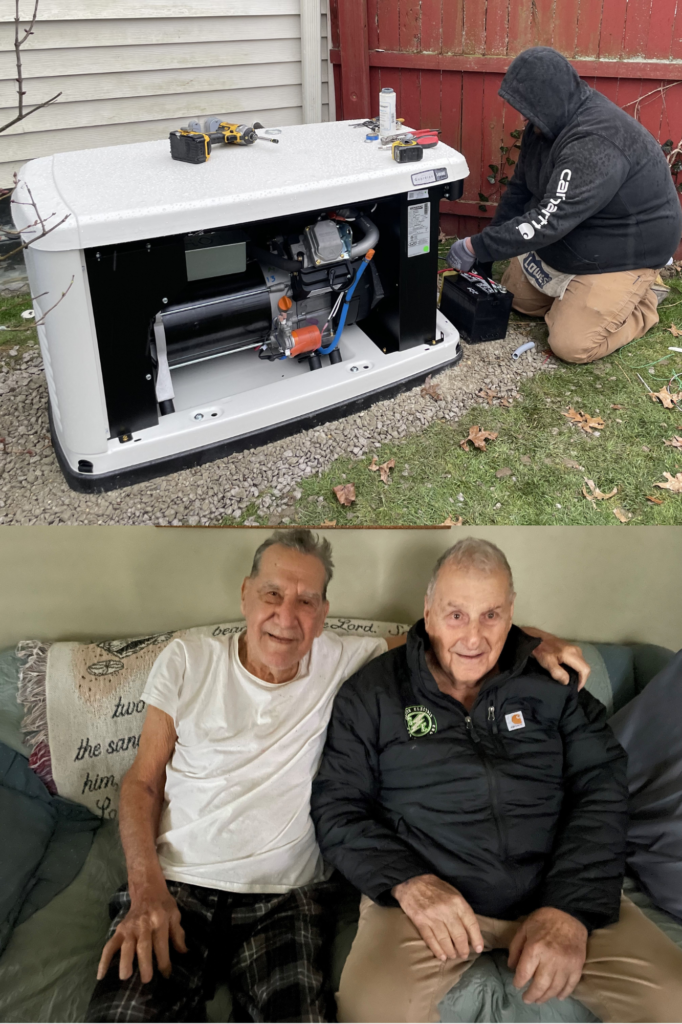
Price points and installation process
The portable, gas-powered units are the most popular, and residential generators range in size and price.
“A typical home generator with installation can be anywhere from $9,500 to $14,000. Larger ones start around $16,000, and the complete installation would cost $25,000-$30,000.”
They can run on natural gas, propane or even diesel.
“You need a 250-gallon tank, and it has to be a certain distance from the generator itself. If you want the option, there’s a switch for natural gas that flips over to propane,” he said.
When the electricity goes out, Lucy says the changeover process should be smooth.
“The generator kicks on immediately. The outage will last about a minute or less, and then power will be restored.”
From start to finish, he says installation usually takes about five hours.
“If it’s one using natural gas, a plumbing contractor comes to hook up the line. Then, we put in the transfer switch next to the electrical panel. We also rework all the feeds coming in from the utility connections.”
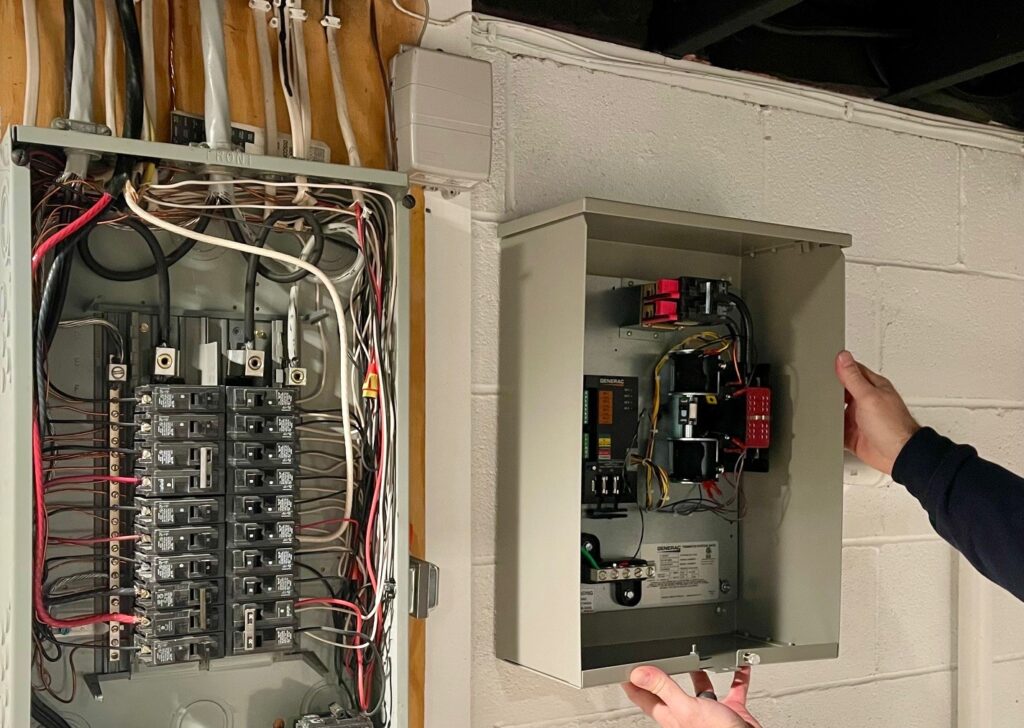
Leave it to the professionals
Lucy says there are people who attempt the work on their own, but he believes it’s a job for professionals.
“Electricians are experienced. Issues can arise with these, and knowing how things are supposed to work and being able to properly troubleshoot is important.”
An easy-to-fix problem could go unnoticed by the untrained eye.
“It could be something simple like a wire falling off a terminal. Everything has to be tight and plugged in. If something is off, it will throw off the whole system.”
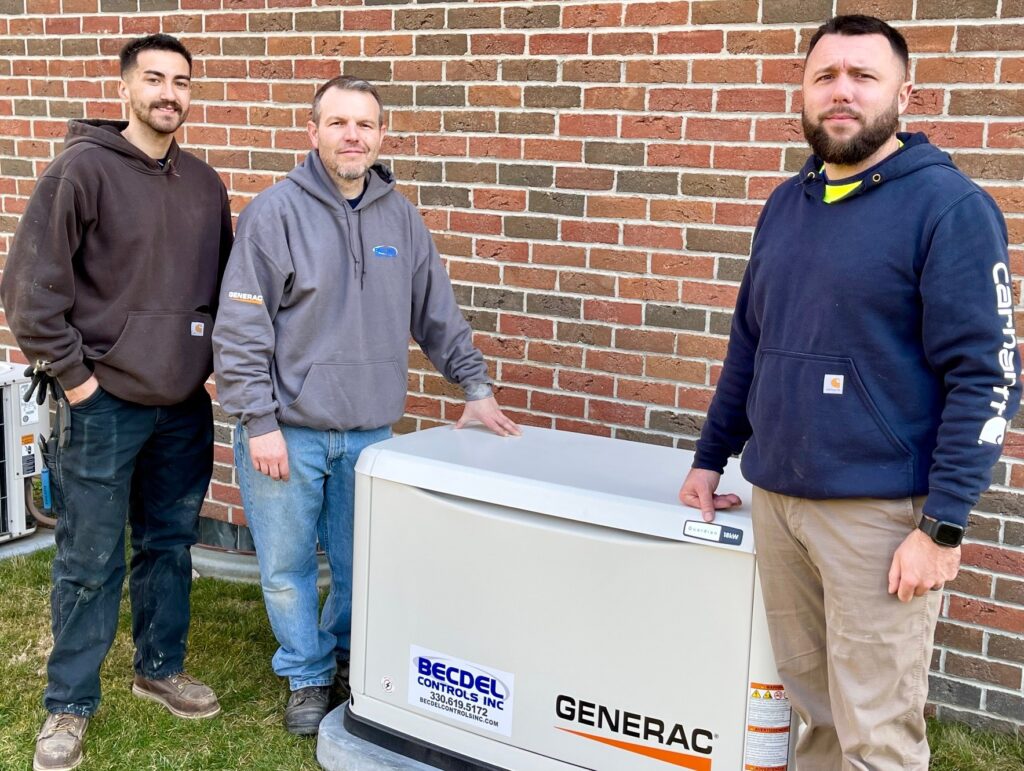
For maintenance and repairs, Lucy says technology is making things a little easier.
“The system can connect through Wi-Fi and an app on your phone. When problems happen, a code is given. On our end, we’d be able to see that and have an idea of how to fix it.”
He expects the popularity of generators to continue growing in the area. The challenge now is trying to keep up the pace.
Becdel Controls and Santon Electric are member contractors of NECA-IBEW Electricians, an association of IBEW Local 64 in Youngstown, IBEW Local 573 in Warren and signatory electrical contractors throughout the Mahoning Valley.



